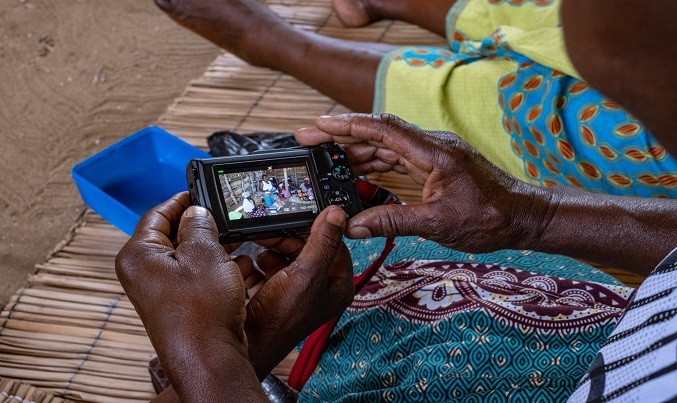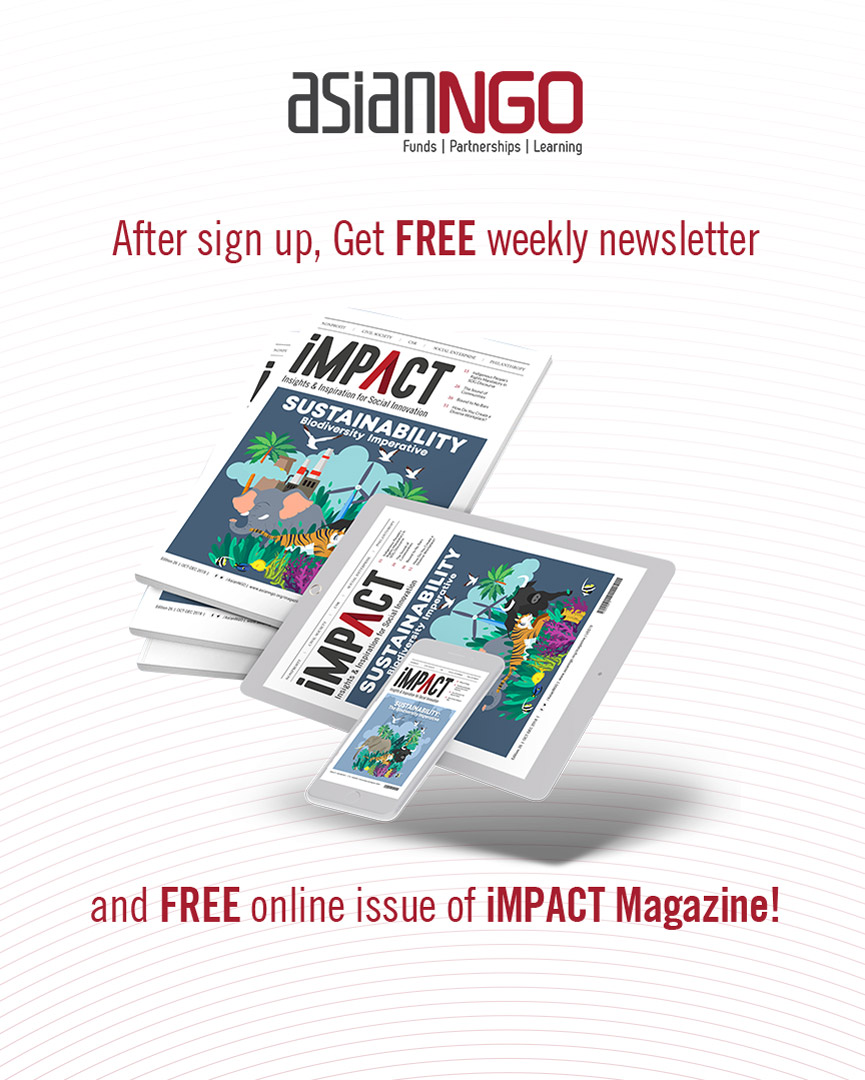The rural development discourse is populated by experts and policymakers who have little or no experience in the rural set-up, leading to an alarming lack of understanding of ground realities, writes Ashish Shrivastava.
It was 2017. An NGO conference in Raipur, Chhattisgarh was nothing less than a corporate networking event. Leading organizations were trying to sell their solutions and models (read: digital classrooms) to the bureaucracy. Shiksharth was the only organization representing the ground reality: challenges of a conflict-affected tribal region (Bastar and Sukma among them). Yet, our opinions (that the teachers’ competence had to be built first) were brushed aside by experts from Delhi- and Raipurbased development agencies, who were holding forth on how the issue of out-of-school children in tribal areas could be addressed–exactly what we were working on.
While the basic philosophy of the development sector is equity and inclusion, we have struggled to practice the same in our own backyards. We have failed to create and engage with voices from remote geographies, rural and tribal areas, and marginalised communities. The power centres in the space still revolve around the national capital Delhi, and the other metro locations for the huge amount of Corporate funding that comes with it. One only has to look at any thematic conference, and the lack of representation is obvious.
The willingness to engage and encourage has been completely lacking (barring a few notable exceptions like the Wipro Foundation and the EduMentum incubator) and has been restricted to discussions in conferences and research papers. This, despite the fact that the best welfare schemes of this country have come from grassroot innovations: be it the MGNREGA, Self-help groups, School Management Committees, or micro-finance.
Fast forward to July 2019. I was part of a world-class program on non-profit management, conducted by the best in the world. Out of 80 participants from leading organizations, only two (including us) were headquartered in a rural setup. What was interesting was that the organizers were well-aware of the disparity, and stressed that they really wanted diverse participants. The problem was that they could not design a program suited for a rural organization.
Here was a case where despite the willingness, the ability to design a program did not exist. In fact most of the leadership programs do not fulfil the needs of grassroot entrepreneurs and leaders, and do not offer vernacular mediums of communication. This automatically excludes many who have deep insights and vast experience in the space.
It is a problem of the head, heart, and hand not being in sync. Until we, as Civil Society Organizations, do not practise inclusion, we cannot expect it to trickle down to society. As CSO professionals, we all know that a one-time solution will not work with any problem. What we need is consistent engagement and representation on all platforms.
This problem trickles down to the professionals who want to enter the sector. I’ve been recruiting from a leading fellowship program for six years: no one has ever applied or joined us through the process. Three years back, at a placement fair, only one out of 652 young professionals had expressed interest in exploring working in rural areas. Let that sink in. That’s 0.15%.
The fact is that as young passionate future changemakers, they have not been exposed to grassroot challenges. The role models presented before them have been from cities who look at every problem from a techno-managerial lens, executing social change programs as short-term projects.
However, if there’s one thing we have learnt in our eight years of operating in remote rural and tribal regions, it’s this: only consistent long-term engagement will truly bring in the change we all aspire to see.
Media portals do not find it necessary to focus on these stories of change, restricted as they are to their norms of comfort and luxury of cities. In fact, when I read articles celebrating Top Changemakers and the Forbes 30 Under 30, etc., I wonder if there is any innovation in the grassroots at all, but I only have to look close enough to spot some brilliant minds working in the space.
The road to true inclusion need not be too long and arduous. From calling out “manels” to helping institutions recognize the lack of diversity, the feminist movement might hold some clues to the road ahead.
I see the idea of inclusive action in the development sector in four stages:
1. Acknowledgment of the problem of inadequate representation
2. Willingness to take steps and truly listen from unheard voices
3. Developing the ability to engage and empathise
4. Ensuring representation across platforms
As we move from philanthropy-based social work to accountability-led systemic transformation and advocacy around policy design and implementation, it becomes important for CSOs to listen to the primary stakeholder, instead of trying to become their representative voice.











